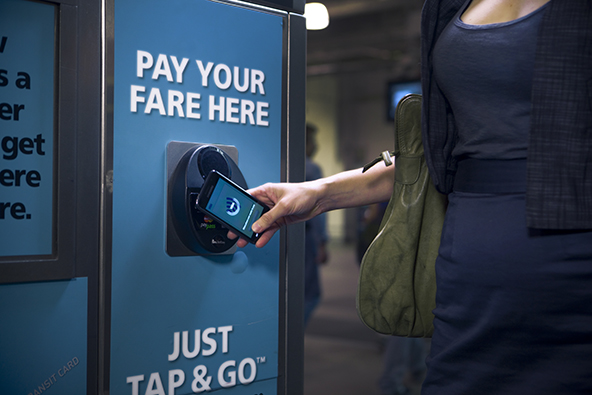As a business owner or manager, you see every day just how popular credit and debit card payments are with customers, and now, how many people want to be able to use their cards via a mobile device too, rather than using a standard point-of-sale (POS) system. Mobile payments on smartphones and tablets are growing rapidly as more and more consumers choose to go wallet-free, and in fact, revenue worldwide for this type of transaction is likely to get to over one trillion U.S. dollars in 2019.
As a result, no matter which industry you’re in, you should understand that the cost of not accepting mobile payments in your business can be high — you can lose valuable sales, not to mention miss out on customers’ referrals and repeat business. If you’ve been thinking about offering mobile transactions as a payment method in your business but have been worried about the costs, security, and other factors, note that many myths about these payments actually abound. To help you get up to date, read on for some of the most common ones, busted.
Myth 1: Mobile Payments Aren’t Secure
One of the first things that turns entrepreneurs off when thinking about accepting mobile payments is the rumor that these types of transactions aren’t secure at all, or that they’re nowhere near as secure as standard POS-based payments or ecommerce sales. This just isn’t true though. While of course, just like other setups, security isn’t guaranteed, mobile payments can actually be safer for customers than other types.
These days, through the use of “tokenization,” sensitive information isn’t stored on smartphones or tablets, or stored by merchants, and is instead transmitted digitally using a random string of numbers and letters (a single-use “token”), which is decrypted by the credit card payment network on the other end. This means card details can’t be stolen by staff members or anyone else in the vicinity when transactions are processed, and that company’s computers and networks can’t be hacked for the information.
Furthermore, there are multiple authentication factors involved with mobile payments too, particularly if customers are using newer cellphones with biometric security such as fingerprint, iris, or facial scanning. Many smartphones now have remote locking and wiping functionality, too, plus extensive device encryption. Apple’s iPhones also boast an “Activation Lock” system which prevents the use of smartphones for unauthorized transactions.
Myth 2: Mobile Payments Cost Too Much
Another myth that seems to do the rounds quite often is that mobile payments are too costly for businesses, particularly small ones, to incorporate. Again, this is a fallacy, since often you’ll find that setting up a mobile-payment system for your organization is actually cheaper than choosing a wired point-of-sale terminal.
Of course, you still have to do your research and compare providers closely, but in doing so you’ll see that most mobile payment systems simply charge a percentage transaction fee on each sale (one that can typically be negotiated down as you grow your business), and not much else. Rarely will you see a firm implementing fees to set up or cancel systems these days, or even adding extra costs to provide you with a dongle to plug into your smartphone or tablet to act as a card reader, if required.
Myth 3: Mobile Payments Are Too Challenging to Set Up
Lastly, a pervading myth that doesn’t seem to go away is that mobile payments are too challenging and time consuming for businesses to set up, and just not worth the hassle as a result. Again though, this isn’t true, since merchants can have a mobile payment system set up within just a few minutes.
Usually all that’s required is to establish a merchant account with your chosen provider; download the relevant app; and, on occasions, arrange to get a credit-card swiper add-on for your device, which gets plugged into its audio jack.
The apps used on mobile-payment systems are designed to be user-friendly for even the most tech-phobic people, and intuitive to use. This makes them really quick to work out, so you won’t have to spend hours studying an instruction manual. Usually the firm you’ve chosen to go with will also make customer support available if you need help during the setup phase, or afterwards.
In addition, if you’re worried that the small amount of effort involved in bringing on mobile payment options won’t be worth it for you, consider the fact that you will likely increase conversions because more customers will see their preferred choice of transaction type is available. What’s more, you can start serving potential clients in new markets. For example, with mobile systems, you don’t have to be tied down to your office, shopfront, online store or the like because of your point-of-sale system; instead, you can sell your wares at venues like pop-up shops, customer homes, festivals, conferences, tradeshows, and more.
Cher is a content coordinator at Seek Visibility. She assists in contributing quality articles on various topics including current business trends, legal news and up and coming innovations in today's leading industries. Cher has built up many strong relationships over the years within the blogging community and loves sharing her knowledge with others.























































































































































































